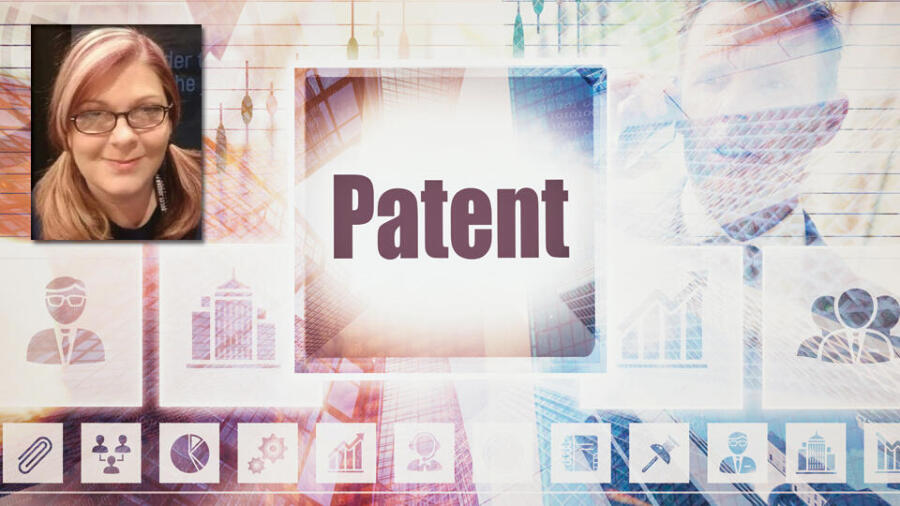It is incredibly exciting when you realize that you have an idea for a new product, one that will work. From the moment I first ventured into launching my brand, I felt overwhelmingly driven to get the product that I envisioned in my head into my hands physically, and out into the world. I had previously worked in sales and management, but now I found myself stepping into different realms where I had little or no experience.
I told people about my idea and some of them offered advice. They urged me to patent my idea, so I immediately did some Googling to figure out that process. Patents help protect your idea, which was something I wanted to take care of first. Filing for a patent was the first step I took to get my product off the ground, but it was easy compared with figuring out the practical steps to get the product out of my head and into my hands.
Patents help protect your idea, which was something I wanted to take care of first.
Everyone said I needed a prototype, which is a physical sample of your product. Because of my experience in retail, I was used to working with distributors, who got products from manufacturers. So when I decided to design my own product, my first thought was to approach manufacturers. However, manufacturers do not make prototypes; they make the product after it is developed.
I went back to Google and found a product development company in my town. Before you go searching all over the world, look in your own backyard first; you might find resources that you didn’t know were available to you. Also, when you do establish contact with a company, first make sure they are willing to work with you; some people and companies don’t want to be affiliated with adult products. In my case, we set up a meeting with the development team and I arrived with two pieces of paper. On one I had written in detail, to the best of my ability, how I envisioned the product functioning. On the other, I had a drawing of how it would fit on a penis. The team reviewed it and was excited and supportive of my vision.
Once you start working with a product development company, you can decide on the exact shape and size of the product and look at 3D renderings, which are exciting to see. Next, your design team will print a life-size version of your product in hard plastic, to nail the size and shape right.
The No. 1 thing I learned is that you need good product engineers who communicate well. Some people are more focused on numbers, while others are more conceptual, so finding common ground where you and the product developers can understand each other is essential. They need to understand your product inside and out. They look to you, the inventor, to know every detail of the product. Once you have clear ideas about details, such as materials and whether multiple sizes will be needed, a good product engineer will be able to bring your invention to life exactly the way that you imagined.
The first time I held my product, I was amazed. The engineer had replicated exactly what I had envisioned. He made sure to have every detail exactly as I described. I finally had my prototype, and I couldn’t wait to share my invention with the world.
When I started out on my journey, I had no clue what to do — but I did at least one thing every day to work toward making my dream come true. So get out of your comfort zone and face the challenges head-on. You’ll learn a lot along the way and before you know it, you’ll be holding that invention in your own hands.
Nanci Smith is the owner of Nanciland Innovations, and the inventor of the Stealth Shaft Support. She is the winner of the 2021 WIA Woman of the Year award.








